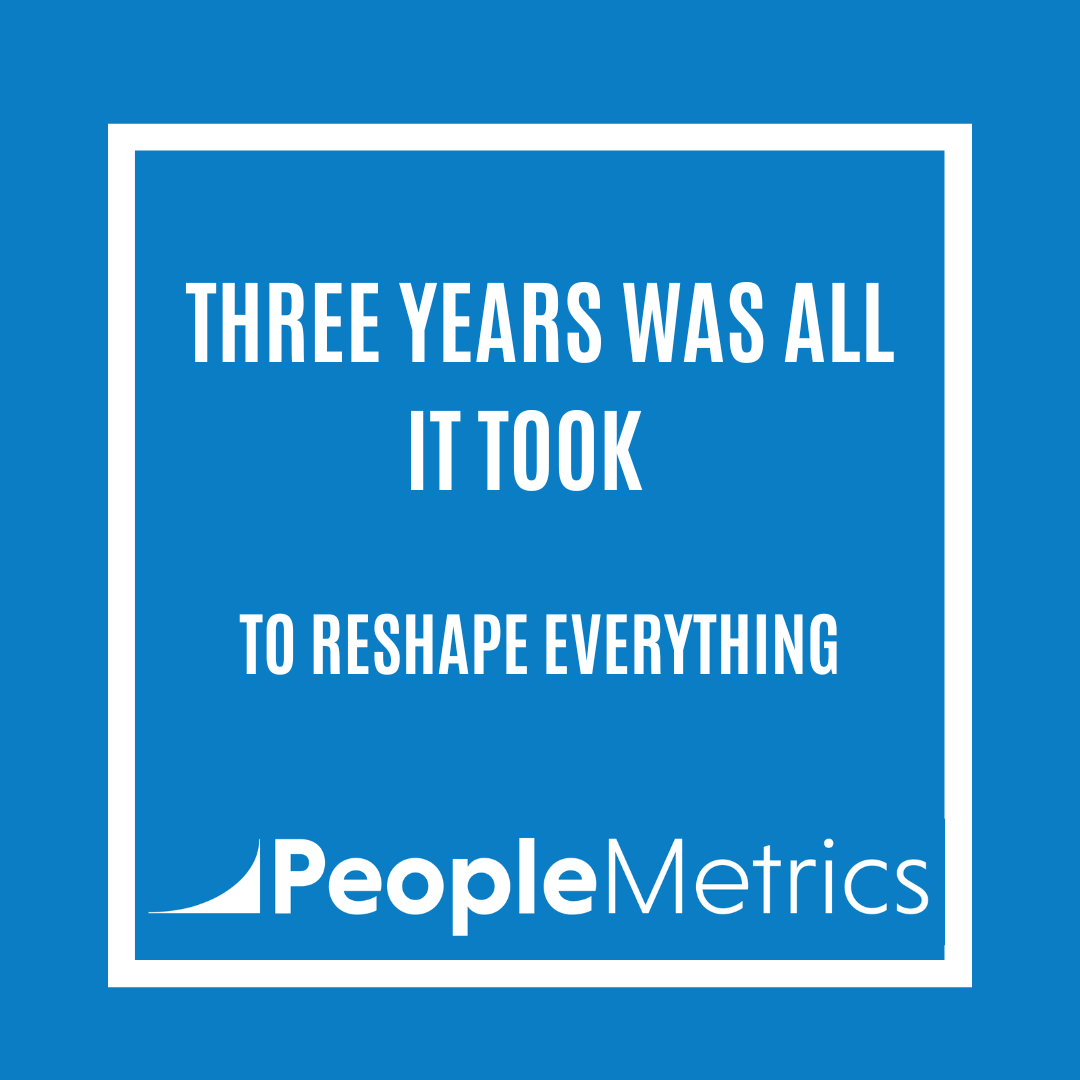As I put together this week’s AI Signal (https://seanmcdade.substack.com/p/seans-ai-signal-issue-17), something became clear that I didn’t fully appreciate until I stepped back and looked at all five companies that I covered together.
The real story wasn’t Cursor or Lovable or Gamma or NotebookLM or Gemini on their own. The real story was what happens to an individual when these kinds of tools show up in their workflow. For the first time in my career, one insights professional can do work that used to require an entire team and they can do it with clarity, speed, and confidence!
Not because they’ve suddenly learned new skills, but because the tools finally remove the friction that has surrounded insights work for decades.
Lovable turns early ideas into something visual that you can react to immediately. Gamma gives you a way to tell stories without getting trapped inside PowerPoint. NotebookLM helps you understand complex material deeply without spending days grinding through transcripts or documents. None of this feels like “software” in the traditional sense. It feels like the work finally getting out of the way.
This matters because the biggest problem in the insights world has never been the data or the analysis, it has always been expression. Insights lose their energy when they’re pushed into a 60-slide deck. They lose their humanity when they’re reduced to charts and bullet points. They lose their impact when teams are forced to wade through pages of text to understand what the customer is saying.
For years, the only way around that was to involve more hands: analysts, designers, story editors, presentation builders. A small army supporting a single insight. And even then, the final product often felt heavier than it needed to be.
The shift we’re seeing now is that one person can carry the insight all the way through from discovery to understanding to expression, without losing the spark. The tools make the work lighter so the insight can stand on its own. Clients don’t care if we used ChatGPT or Gemini or Claude. They care whether the insight is clear. They care whether they can see the customer’s world. They care whether the story stays with them after the meeting. The tools help us do that, but not because they’re sophisticated. They help because they give the individual the ability to express things in a way that feels human and alive.
That is what excites me about where we’re heading. The future of insights isn’t about more dashboards or more automation. It’s about giving people the ability to bring insights alive on their own, without waiting for a designer or a deck builder or a data engineer. The leverage has moved to the person doing the thinking. And when you remove all the friction around that person, the insights themselves become clearer, more emotional, and more actionable.
This week’s Signal was a reminder that we’re entering a moment where the quality and impact of insights will be determined not by the size of the team, but by the clarity and intention of the individual. The tools finally support that. They amplify it. They make insights feel alive again.
And that’s the part of this industry shift I’m most optimistic about!





